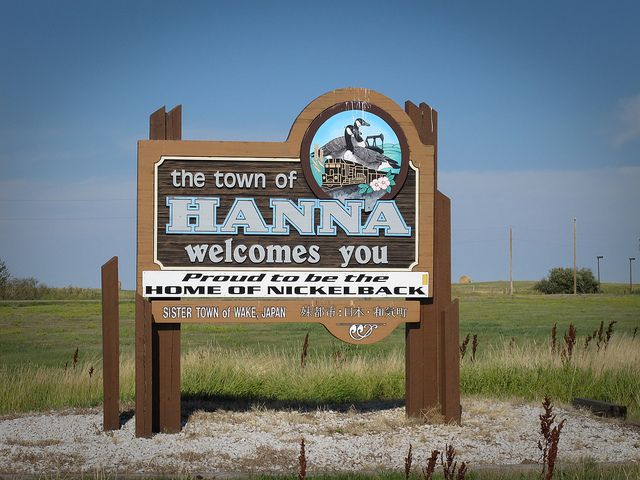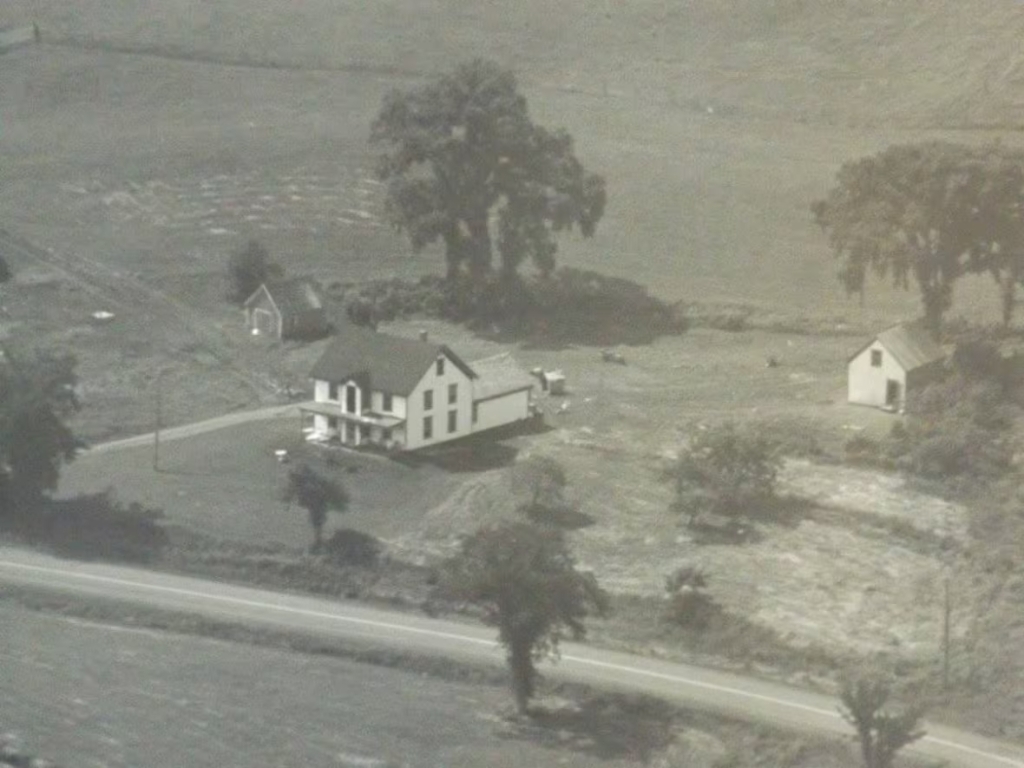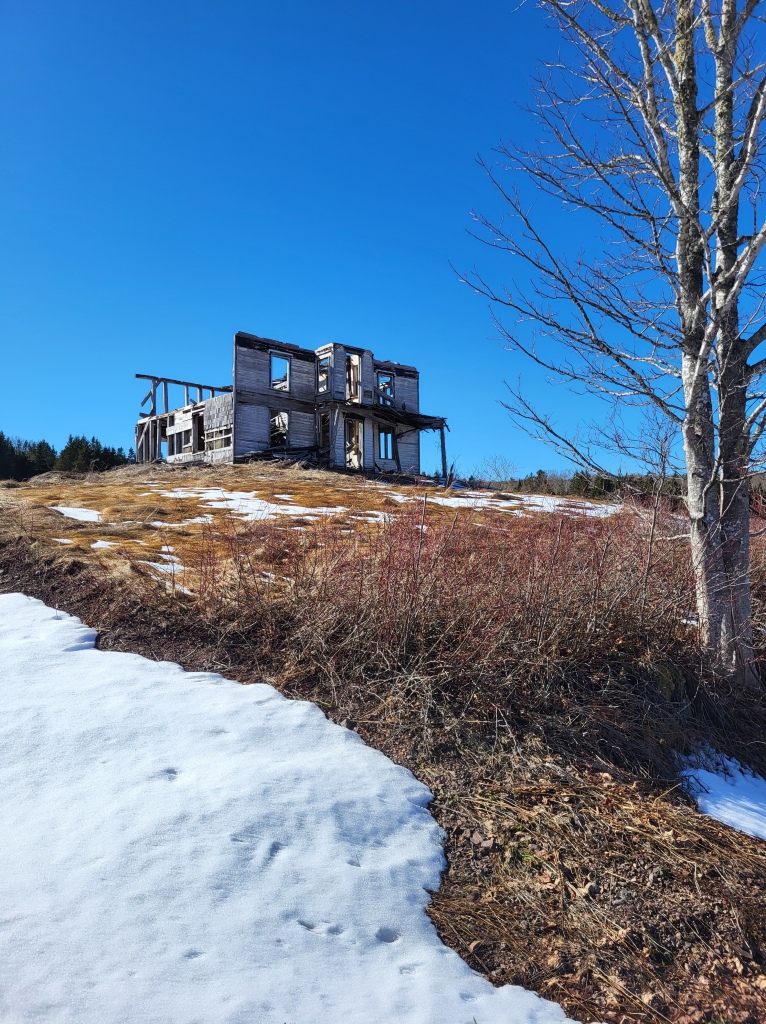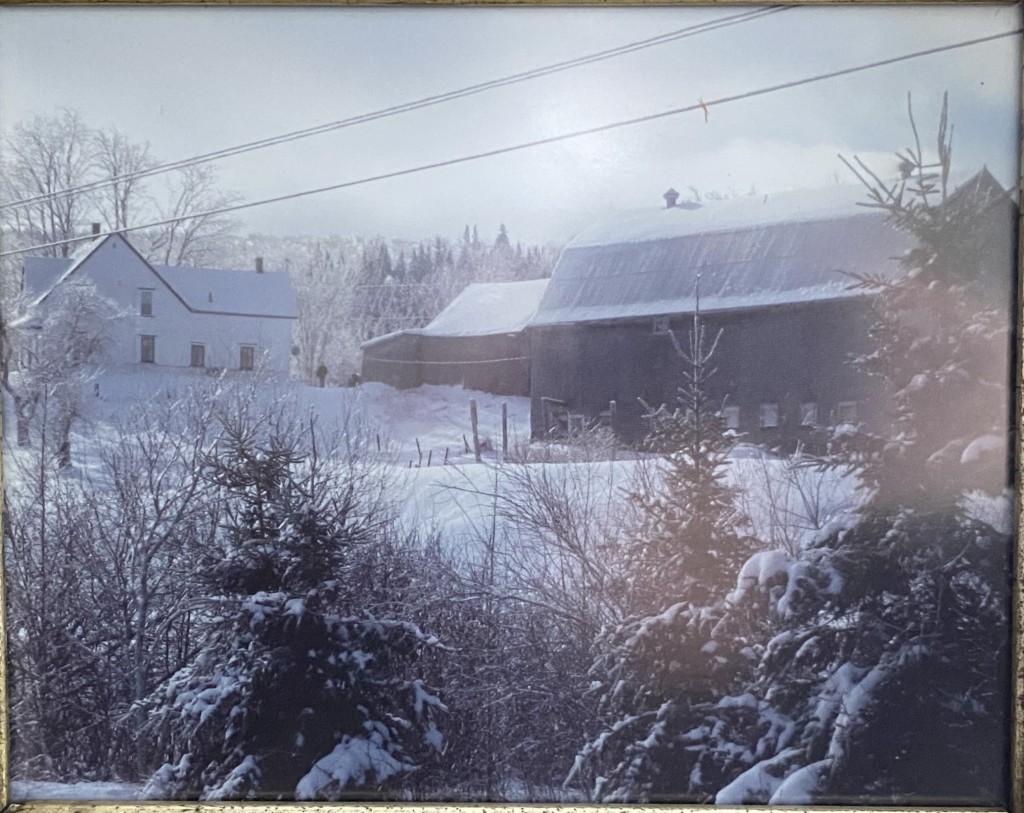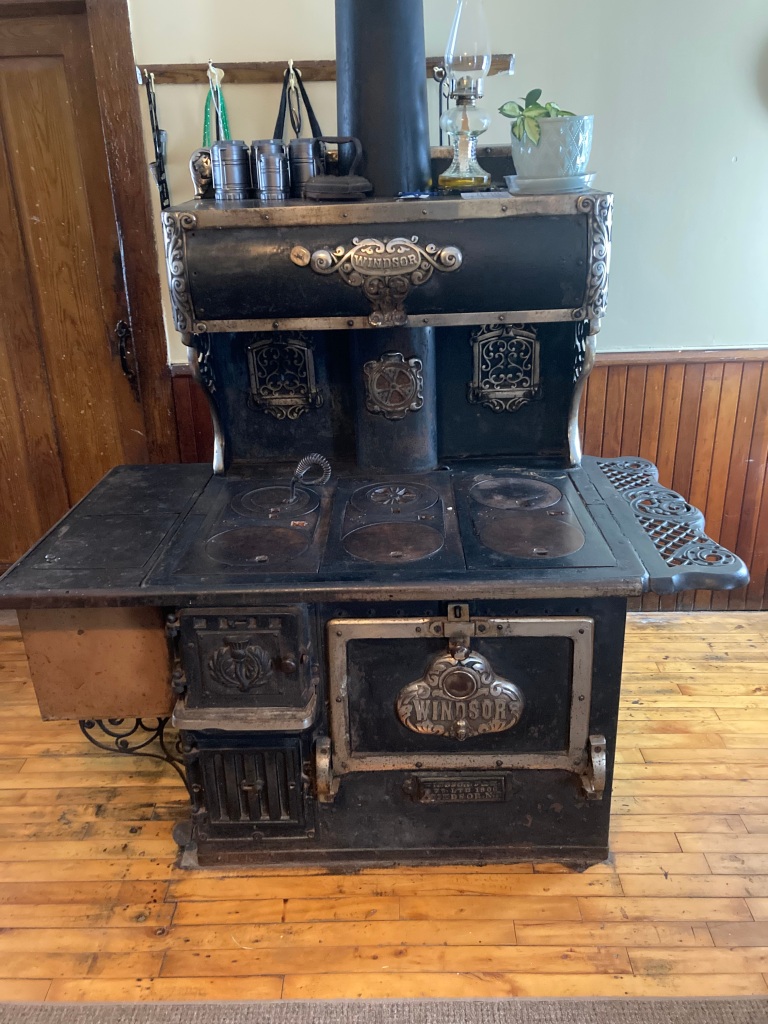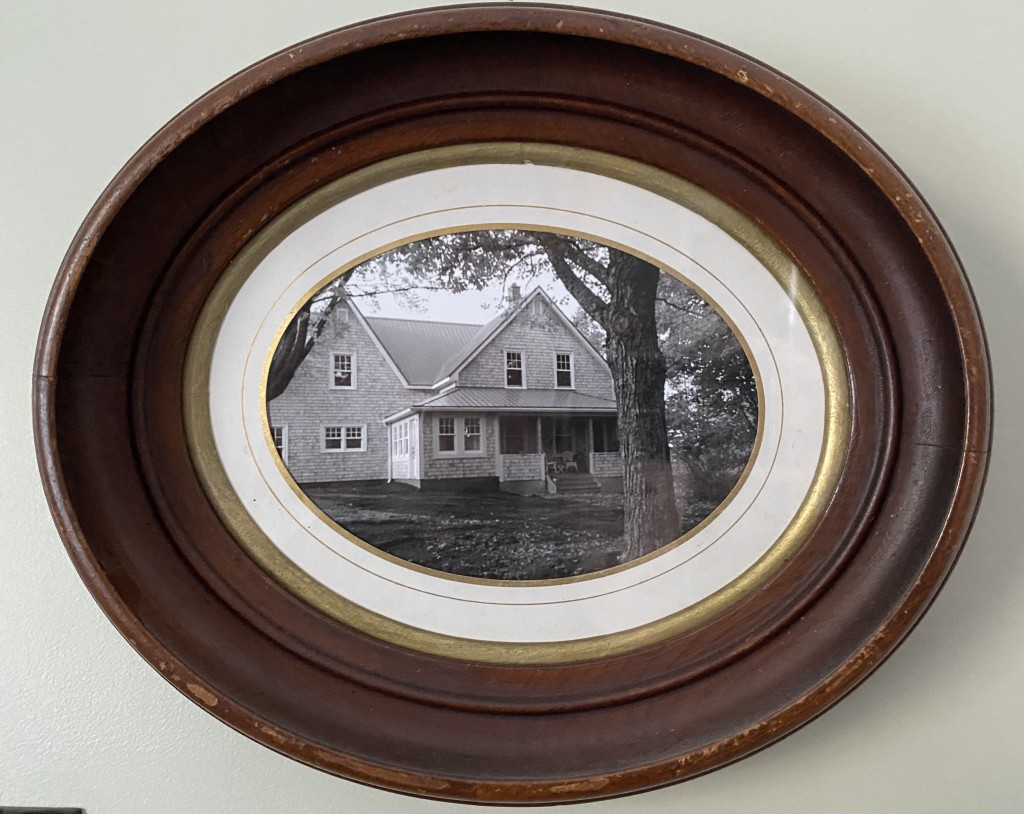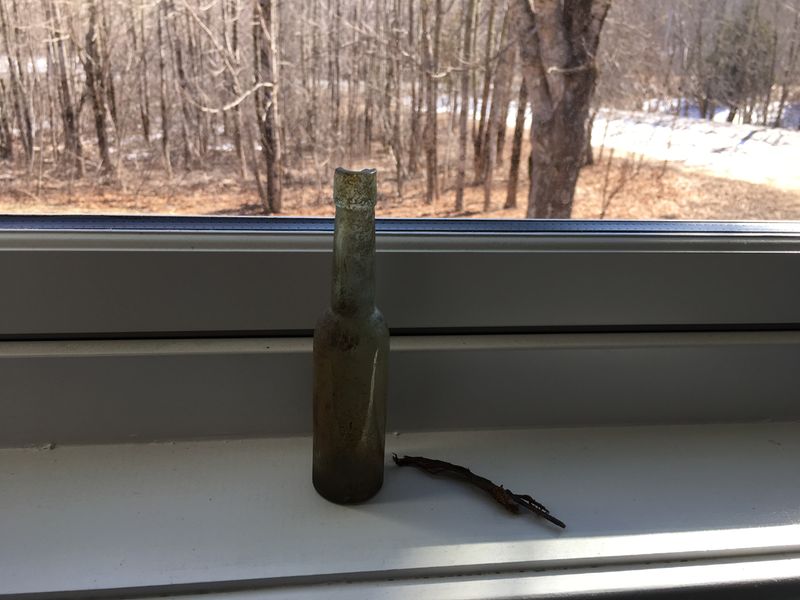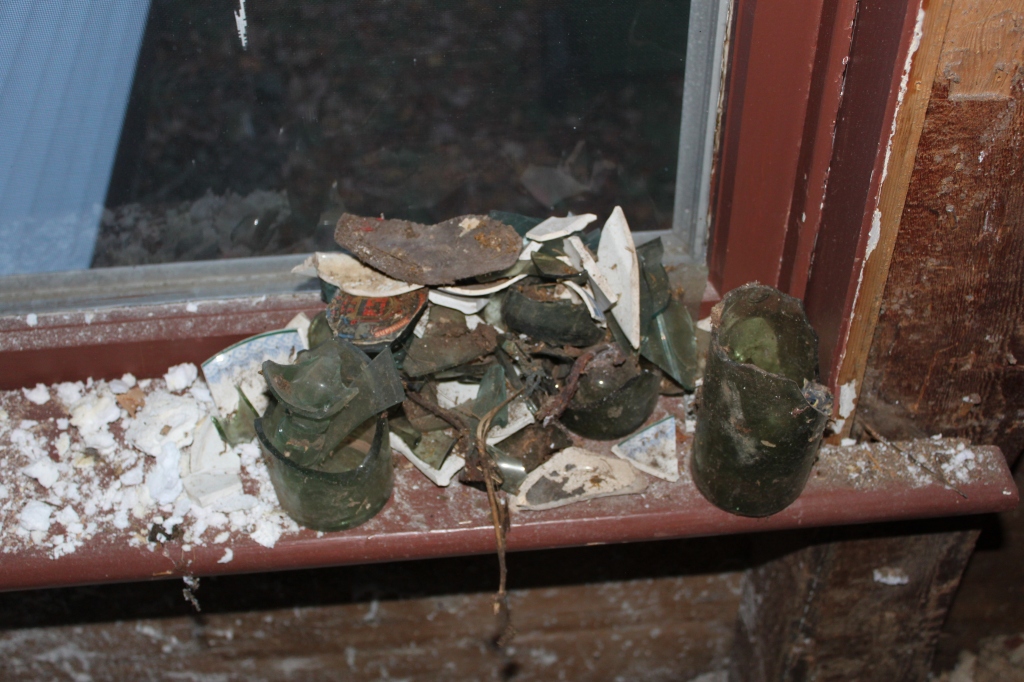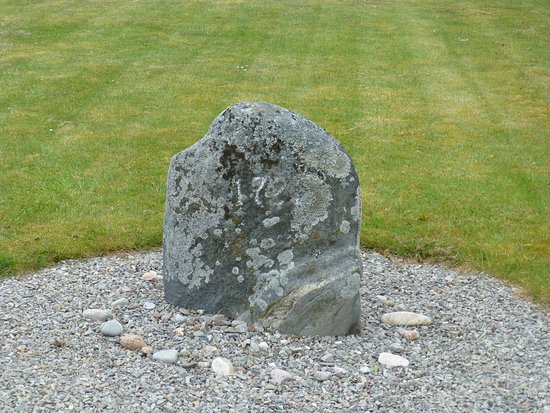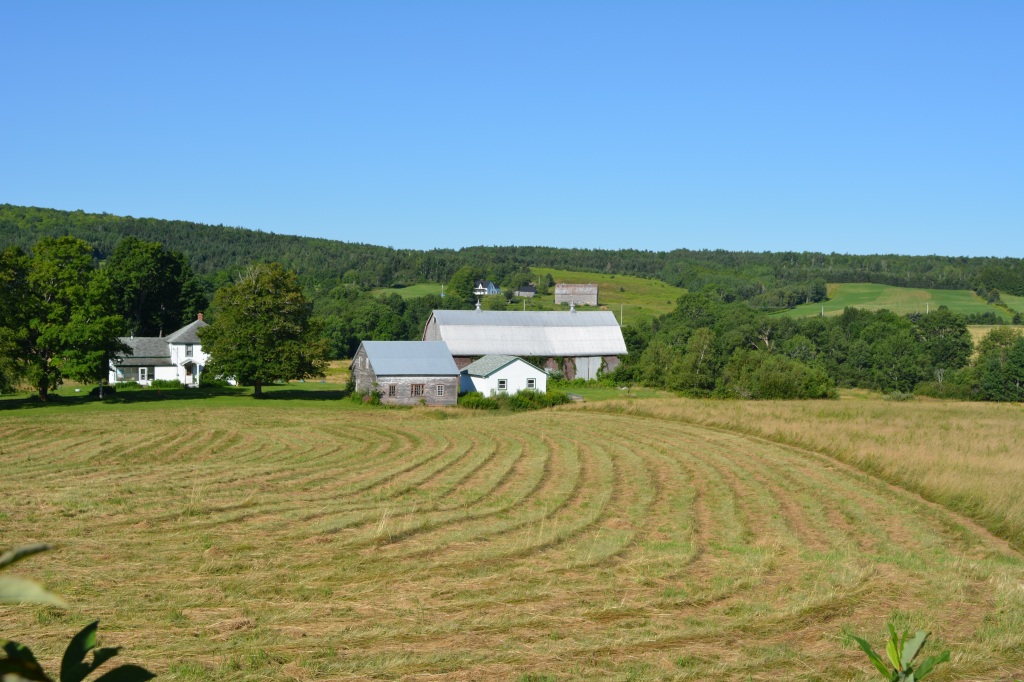Obituary 1958 in Hanna Herald:
J.K. “JACK” SUTHERLAND -Alberta Friends Mourn Death of Colchester County Native. (From the Hanna, Alta., Herald) Men and women in cities, town and villages across the farm lands of the west are today mourning, the passing of one of western Canada’s most well known and respected men, J.K. “Jack” SUTHERLAND. The doughty Scot, who was born in Earltown, Nova Scotia, passed away in the Hanna Hospital on Sunday, Aug. 31 following a lengthy illness, that finally sapped the life of this stalwart of the plains. Known far and wide for his ever constant efforts on behalf of the farming industry, Jack SUTHERLAND’s work, his visions and his personality will long characterize the pioneer “sons of the soil.” Known as a real but fair fighter in the farm and political causes in which he indulged down through the years, his sincerity in his beliefs stamped him as a man who commanded much respect and admiration from people in all walks of life. Fine Gentleman. His accomplishments, his ideas and his vision of better things yet to come are legion. Jack SUTHERLAND’s life here will long remain a legend to this district, to residents in all walks of life. We in this section of Alberta, in particular, have lost a staunch friend, a faithful worked, and a fine gentleman. John Kenneth SUTHERLAND was born at Earltown, Nova Scotia on February 16, 1889, the son of Annie McKAY SUTHERLAND and Daniel SUTHERLAND. In 19011, twelve years later, his parents both passed away in the same summer, so his education was limited to a short attendance at public school, working on farms, lumbering, shipbuilding and in the sawmills until 1908, he came west on the harvest excursions accompanied by the late Andrew MacKAY. Taking up a homestead and pre-emption in what was then to be the Hanna area early in the spring of 1909, he was one of the first settlers in this country with the exception of the early ranchers. In the winter months he worked out in the mines, smelters and bush in British Columbia. Four oxen and a saddle horse were his first motive power on his homestead, the nearest town and the end of the steel, was Settle in 1909 and 1910, and in 1911 steel reached Castor, while in 1912 it reached Hanna in the late fall. He was married to Elizabeth Jean MUNRO of Earltown, Nova Scotia, by the Rev. Bill IRVINE. Two daughters and one son survive, Ruth, of Olds, Anna of Midnapore and John at Hanna, also four grandchildren. He first became a member of the United Farmers of Alberta late in the fall of 1909 and he continued until his death. He was also a member of the Trail Mill and Mine and Smelter Workers Union and the Western Federation of Miners the same year. In 192(?) he was elected to the Board of the UDA organization and served as Board Member, Executive Member and Vice President until 1945, Representing that organization, he served on the old Canadian Council of Agriculture, the new Federation of Agriculture, and the Western Marketing Conference under John BRACKEN, at hat time Premier of Manitoba. Help Draft Manifesto. He took part in the organization meeting of the Co-operative Commonwealth Federation in Calgary in August in 1932 and next year helped to draft the Regina Manifesto at the next annual meeting of that party. He was a member of the Earltown Board of School Trustees for many years, a Board Member of Hanna Local United Grain Growers and Secretary and charter member of Hanna Local U.F.A. and later the FUA and later was still a member of the Earltown FUA, secretary of Acadian District FUA Association. He was also an Alberta Wheat Pool delegate for 12 years in the ‘twenties’ and ‘thirties’, delegate of Alberta Poultry Producers for 15 years and chairman at annual meeting for almost an equal number of years. Was CCF Candidate. The late Mr. SUTHERLAND also took an active part in politics and in the Federal election of 1945 was defeated as CCF candidate.
Genealogy Notes:
Jack was an only child. His parents lived on Campbell Road with his mother’s parents, John MacKay “Achany” and Marion Matheson. His father Donald was married previously to Christena Murray “Ardachu”, sister of Johnny Murray “Bible”. She died within six months of marriage.
Jack’s wife, Eliza Jean, was born on the Captain’s Road, Clydesdale, to Hugh Munro and Isabel MacFarlane. Eliza Jean’s obituary, entitled “Mrs. J. Sutherland Was One of Hanna’s Pioneer Women”, (Drumheller Mail, October 10, 1957), states that she was born in 1880 and educated in Earltown. She finished her education in Halifax. Eliza moved to British Columbia and joined a smelting company in Trail as an accountant in 1918. As indicated in Jack’s obituary, he often spent the winter months working in the smelters of BC and we now have another example of how members of the Earltown diaspora would find each other in far off places. They were married in 1920. Like Jack, Eliza Jean was active in community service and used her business skills to further community development and took a lead in farm organizational work. She served on the provincial executive of the FWUA and was a director of Acadia FWUA for several years. She also played a role in provincial and federal political affairs. In religion, both were active in the local United Church. The obituary notes that their farm was six miles miles southwest of the town of Hanna.
- The parents actually died in 1903, Mom in June and Dad in December according to Earltown Village Cemetery inscriptions. ↩︎
